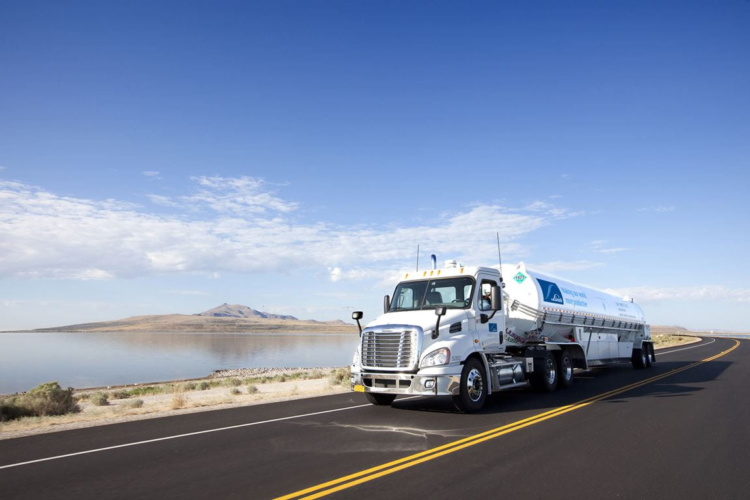
The 24-megawatt electrolyser will be housed at the Leuna Chemical Complex in Germany. Located on the western outskirts of Leipzig, Leuna is one of Germany’s largest chemical industrial sites and is co-owned by Linde along with companies such as Total and BASF.
Green sky thinking: the rise of hydrogen flight
From there, Linde will distribute liquefied green hydrogen to refuelling stations and other industrial customers across the region. According to the company, the amount of hydrogen produced by the PEM electrolyser will be enough to fuel around six hundred fuel cell buses, driving a combined 40 million kilometres per year and saving up to 40,000 tons of carbon dioxide tailpipe emissions.
"Clean hydrogen is a cornerstone of the German and EU strategies to address the challenge of climate change,” said Jens Waldeck, Region Europe West president at Linde.
“It is part of the solution to help reduce carbon dioxide emissions across many industries, including chemicals and refining. This project shows that electrolyser capacity continues to scale up and it is a stepping stone towards even larger plants."

PEM electrolysis has an electrical efficiency of about 80 per cent in working application, in terms of hydrogen produced per unit of electricity used to drive the reaction. At times of high grid output, excess power from wind and solar farms can be used to separate hydrogen from water. This hydrogen essentially acts as a form of green energy storage, which can later be used by fuel cell vehicles with zero emissions at the tailpipe.
Set to begin production in the second half of 2022, the new electrolyser will be built by ITM Linde Electrolysis GmbH, a joint venture between Linde and ITM Power. According to Linde, the production unit will complement its already existing hydrogen assets, which include the world's first high-purity hydrogen storage cavern, and an extensive pipeline network of approximately 1,000 kilometres to supply its customers. To date, the multinational has installed close to 200 hydrogen fueling stations and 80 hydrogen electrolysis plants worldwide.




Aftrak off-grid energy project wins Milken Motsepe Prize in Green Energy
Not sure what the 200W (peak!) solar array is for, it would require 25 hours of sunlight to charge the 5kWh battery - which is enough to run the 5kW...